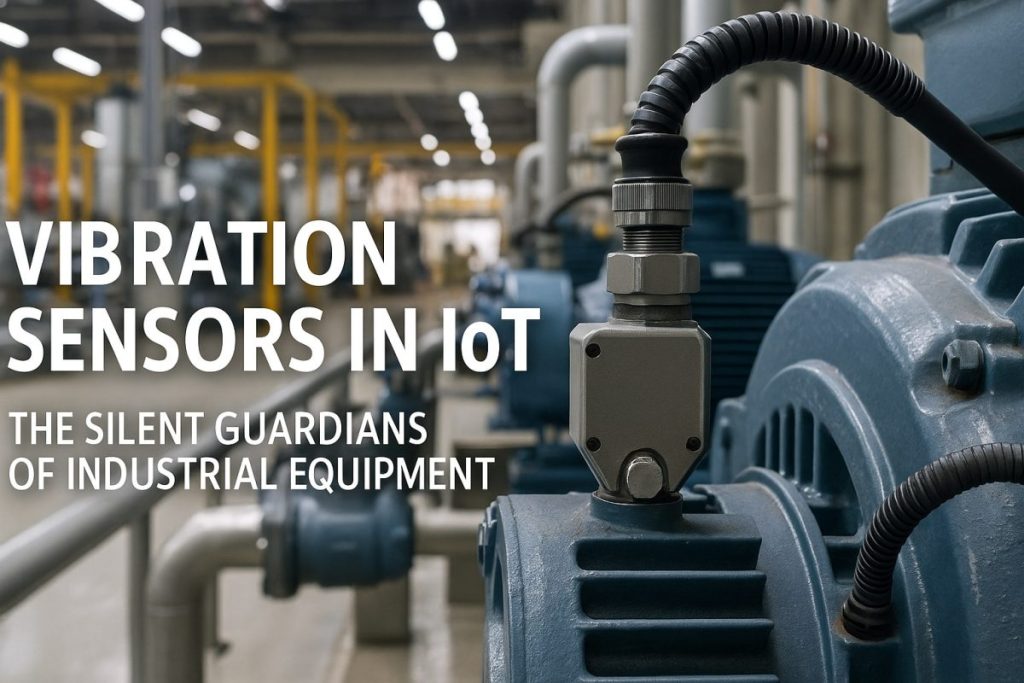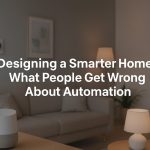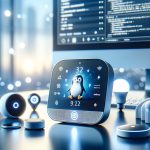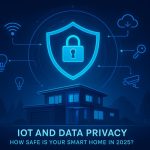In the world of industrial automation, downtime is a costly enemy. Whether it’s a failing motor, misaligned shaft, or unbalanced machinery, small issues can lead to major operational disruptions. Enter vibration sensors—a critical component in the Internet of Things (IoT) ecosystem that helps industries monitor, predict, and prevent equipment failures. This article explores how vibration sensors work, where they’re used, and why they matter more than ever in today’s data-driven environments.
What Are Vibration Sensors?
Vibration sensors are devices that measure oscillations or movements in machinery. They detect abnormalities in vibration patterns, which often signal wear, imbalance, or potential failure in components.
Common Types
- Accelerometers – Measure acceleration and vibration in multiple axes.
- Piezoelectric sensors – Use crystal deformation to detect vibrations.
- MEMS sensors – Compact, low-power sensors ideal for embedded IoT systems.
These sensors convert mechanical movement into electrical signals that can be analyzed by software for anomaly detection.
Why Vibration Sensors Are Crucial in IoT
In an IoT context, vibration sensors aren’t standalone devices—they’re part of a larger predictive maintenance ecosystem. Here’s what makes them indispensable:
- ✅ Early Fault Detection: Alerts technicians before failures occur.
- ✅ Remote Monitoring: Enables 24/7 asset surveillance via cloud-connected platforms.
- ✅ Data-Driven Insights: Helps fine-tune maintenance schedules and reduce unnecessary checks.
- ✅ Safety Enhancement: Identifies potentially dangerous machinery behavior before accidents happen.
Real-World Applications
Vibration sensors are used across various industries where rotating or moving machinery is common:

- Manufacturing: Monitoring motors, pumps, fans, and conveyor belts.
- Energy Sector: Wind turbines, hydroelectric generators, and nuclear equipment.
- Oil & Gas: Detecting faults in drilling rigs and compressors.
- Transportation: Ensuring train tracks and locomotives are functioning properly.
- Smart Buildings: Monitoring elevators, HVAC systems, and mechanical doors.
Integration with IoT Platforms
Modern vibration sensors connect to IoT gateways or directly to the cloud via protocols like MQTT or LoRaWAN. They often include:
- Edge computing capabilities for preliminary data analysis.
- Battery-powered options for remote or hard-to-reach areas.
- Wireless communication to eliminate complex wiring.
Paired with machine learning algorithms, these sensors can predict failures days or even weeks in advance, allowing for scheduled repairs rather than emergency shutdowns.
Benefits of Using Vibration Sensors in IoT
- 🔧 Reduced Downtime: Equipment stays operational longer with fewer surprises.
- 💰 Cost Savings: Prevents expensive emergency repairs.
- 📊 Operational Transparency: Managers gain clear visibility into asset health.
- ⚠️ Risk Mitigation: Fewer chances of workplace accidents due to equipment failure.
Challenges to Consider
While beneficial, vibration monitoring isn’t plug-and-play:
- Sensor placement must be strategic for accurate readings.
- False positives can occur without proper data calibration.
- Initial setup and integration can be time-consuming.
That said, modern solutions are becoming easier to deploy, especially with plug-and-play sensor kits and pre-configured IoT platforms.
Best Practices for Implementation
- Use sensor redundancy in mission-critical machinery.
- Employ cloud dashboards for real-time visualizations.
- Set up custom thresholds for alerts based on historical data.
- Combine vibration data with temperature, sound, or pressure for deeper insights.
Final Thought
As industries continue to embrace smart technologies, vibration sensors stand out as silent heroes—quietly monitoring the pulse of machines and ensuring smooth, safe, and cost-effective operations. Integrating them into your IoT strategy isn’t just smart; it’s essential.
Frequently Asked Questions
What types of vibration sensors are used in IoT applications?
The most common types include accelerometers, piezoelectric sensors, and MEMS sensors. Each offers different levels of sensitivity and suitability for specific use cases.
How do vibration sensors improve maintenance in industrial settings?
By detecting early signs of wear or malfunction, these sensors enable predictive maintenance—helping businesses avoid costly downtime and emergency repairs.
Are vibration sensors only used in heavy industries?
No. While they are essential in manufacturing and energy, they’re also used in smart buildings, transportation systems, and even consumer devices like fitness trackers.
Do vibration sensors require constant power and internet access?
Many modern sensors are battery-powered and use low-power communication protocols like LoRa or Zigbee. They can function in remote areas and transmit data when needed.
How do I integrate vibration sensors with my existing IoT platform?
Most sensors support standard IoT protocols like MQTT and can connect through gateways or directly to the cloud. Many also come with APIs or dashboard software for easy setup and integration.
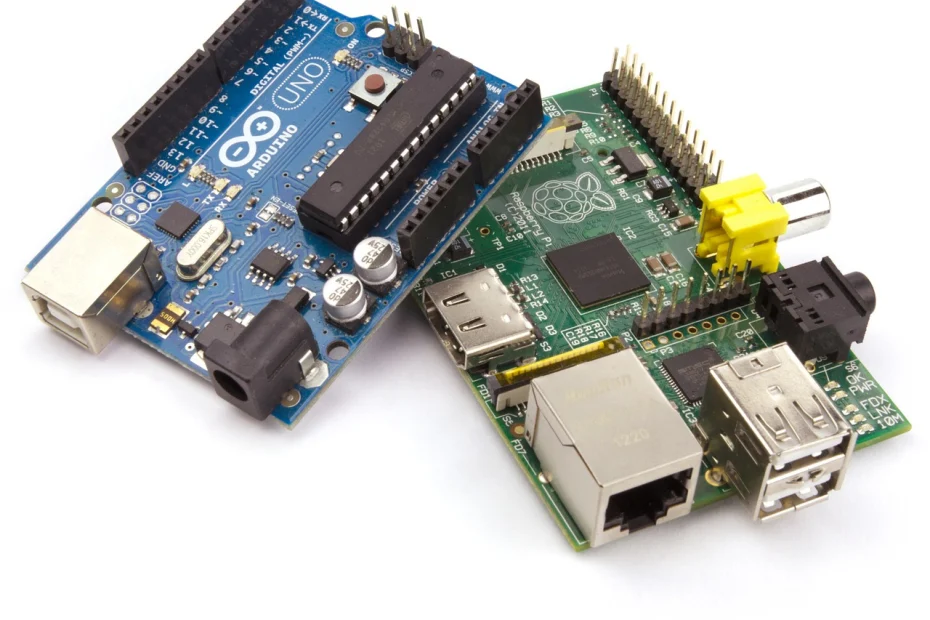
The Top 5 Operating Systems for Raspberry Pi in 2025
- Designing a Smarter Home in 2026: What People Get Wrong About AutomationSmart homes were once science fiction, but today they’re a reality in millions of households. With voice assistants, smart plugs, and automated lighting systems, it’s easy to assume home automation is simply a matter of plugging in a few devices. Yet, many homeowners quickly discover that “smart” doesn’t always mean simple. In this article, we’ll…
- Automated Online Trading: How IoT is Redefining Financial MarketsIntroduction automated online trading In a world where milliseconds can decide millions, the fusion of Internet of Things (IoT) technology and automated online trading is reshaping global finance. What once relied solely on human judgment now increasingly depends on connected machines, real-time data, and predictive algorithms. From weather sensors influencing agricultural trades to smart logistics…
- The Role of Linux in IoT: Powering the Connected WorldThe Internet of Things (IoT) is everywhere—from smart homes and wearable devices to industrial automation and self-driving cars. Behind the scenes, one operating system plays a surprisingly dominant role: Linux. Known for its stability, flexibility, and open-source nature, Linux has become the backbone of countless IoT devices and platforms. But what makes Linux so well-suited…
- The Smart Home Revolution in 2025: How IoT is Transforming Everyday LivingIn the past decade, the vision of a truly smart home has moved from futuristic fantasy to everyday reality. As we step into 2025, the Internet of Things (IoT) has matured into a robust ecosystem, connecting appliances, security systems, lighting, and even entertainment devices under one seamless digital roof. The result? Homes that are safer,…
- IoT and Data Privacy: How Safe Is Your Smart Home in 2025? – IoT SecurityThe smart home revolution has made everyday life more convenient than ever. From voice assistants that control the lights to security cameras that send alerts directly to your phone, connected devices have become part of our daily routines. But with this convenience comes an important question: how safe is your personal data in a world…
